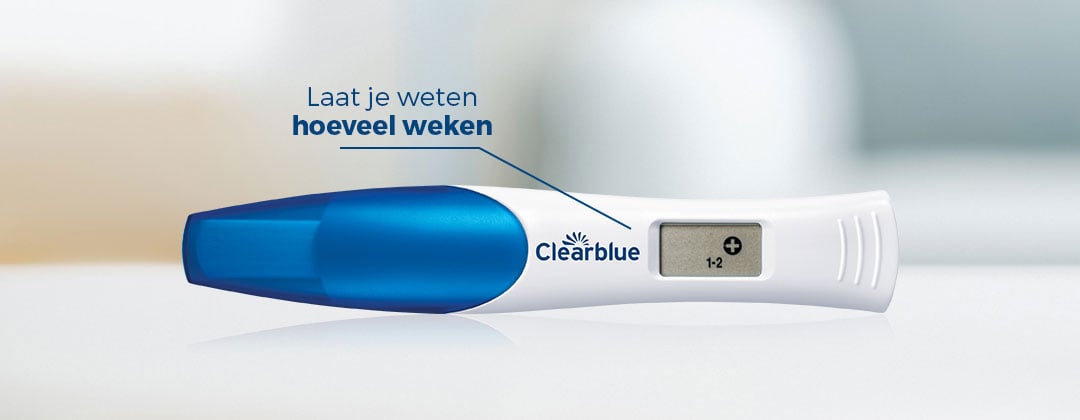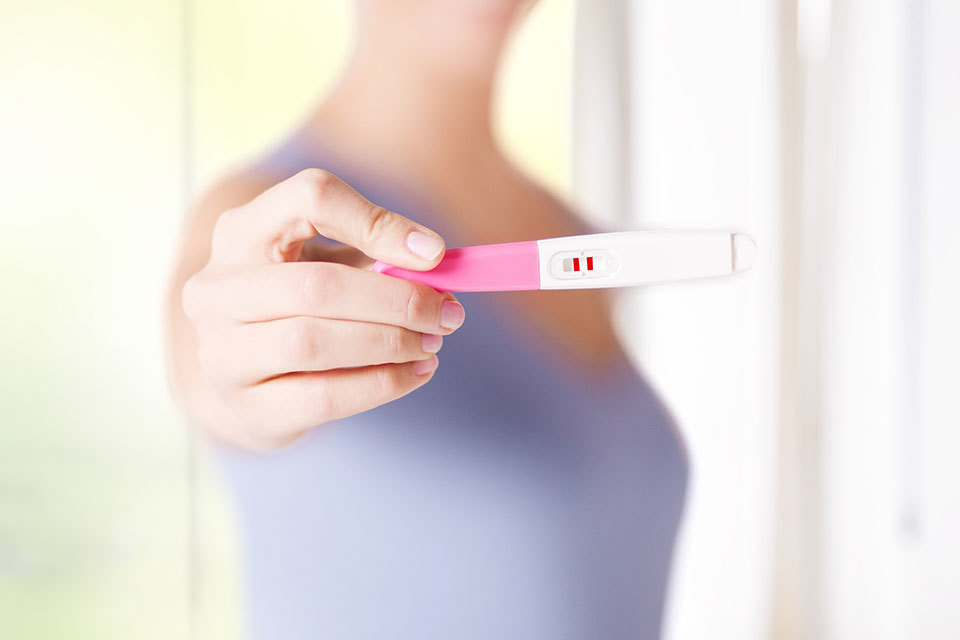
If your baby is in the sling and it’s still a little lopsided, you can slightly twist the Mini Sling and tighten the strap on your back a little. The top edge will then be nice and straight, just like with a strapless top, and the baby’s head won’t fall sideways. If these are positioned at the same height – armpit height – and you close the clip once the baby is in the sling, the padded top edge of the back piece will effectively support the baby’s neck and head. It’s the intention for the shoulder piece to be spread out and that both the clip, as well as the section which goes underneath your armpit, is positioned at armpit height – see the yellow arrows in the picture below. the side of the shoulder piece is too high and the side where the sling goes underneath your armpit is too low.the shoulder piece hasn’t been properly spread across your upper arm and shoulder (see tip 4).the carrier is too loose/too low (see tip 2).

If the baby is hanging at an angle, or the head falls sideways in the sling, this is generally caused by one of the following:
#Hoe weet je of je zwanger bent of niet how to#
The following instruction video by Anna Michalaki (Greek baby wearing consultant) clearly shows how to get a nice deep M-position (at 2.57 – 3:20 sec) and how to ensure that the fabric is tightened around the back (at 2: 30 – 2:58 sec.). As your child grows, its legs spread and eventually you will be able to carry it on your hip A newborn’s legs are still close together. You may need to repeat this step a few times before the baby really starts to relax. The back will then be in a convex curve and positioned in the fabric nice and tight. This will allow the baby to relax even more. You can also resolve this by grabbing hold of the lower legs and ‘twisting’ them upwards towards your tummy. Fortunately this is easy to resolve by pulling up the fabric between the legs, until this completely supports the upper legs. This means he would be stretching his legs and back and will therefore ‘hang’ rather than taking on a relaxed ‘seated’ position with his bottom in the fabric. Any baby not used to being carried in a sling or wrap may start overstretching when you carry him in a sling (for the first time). The bottom will hang lower than the upper legs. This means the bottom is seated in the sling and the upper legs are supported. We recommend carrying your baby ergonomically, in the so-called M-position, in order to ensure good development of the hips.


It stops the fabric sliding off your baby’s bottom, preventing your baby coming out of the sling unexpectedly. Especially curious toddlers enjoy being carried on the hip as it allows for excellent views all around! As your child grows, its legs spread and eventually you will be able to carry it on your hip (instead of against your chest). This ergonomic method of carrying is recommended by paediatricians as it supports babies’ hip development.Ī newborn’s legs are still close together. Its bottom is low and its upper legs are spread and high in the M-position or ‘frog position’.

You carry your baby straight against your body, with its head on your chest.


 0 kommentar(er)
0 kommentar(er)
